I started learning how to animate my embroidery art recently. Part of my whole ~art as self-authorization~ kick. Here are a few of my favorites so far:
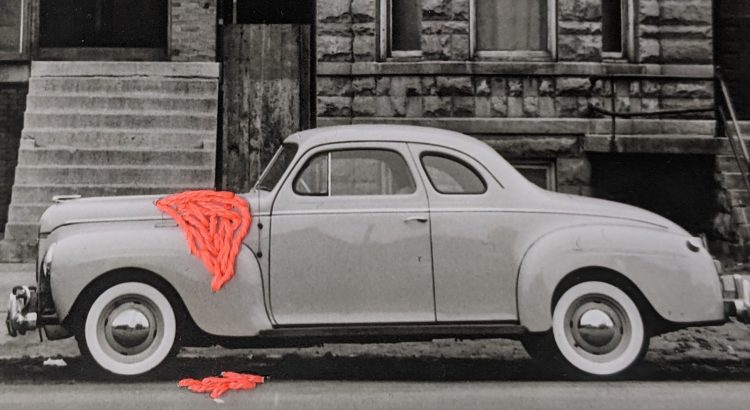

I started learning how to animate my embroidery art recently. Part of my whole ~art as self-authorization~ kick. Here are a few of my favorites so far:
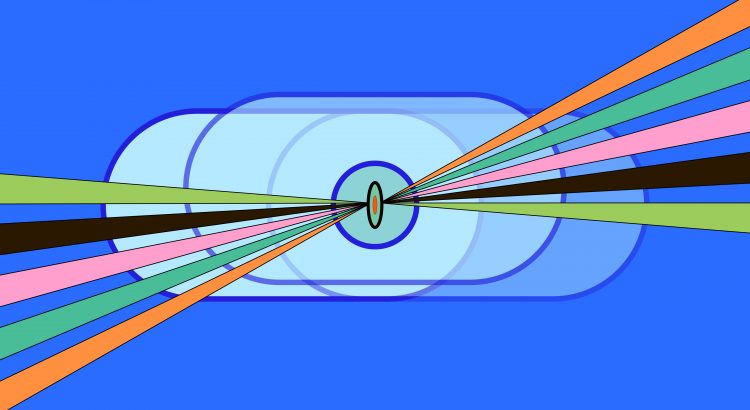
Just kidding. You can put anything in my macro.baby totebags, not just toast.
But, toast in your tote is probably a cool idea… I mean, everybody loves toast. You’ll be so popular! Pack butter too probably. And jam! If anything spills inside, you can just machine wash it once you get home after hanging out with all your cool new friends who now call you Toad for some reason but you think they mean Toast they’re just saying it wrong!
Hand-sewn in the U.S., and Society6 says the print will never fade. These babes are constructed with a premium, canvas-like material and double-stitched for quality.
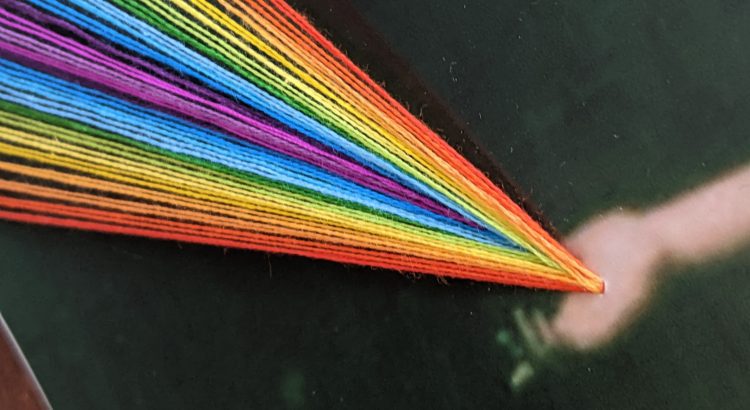
On this day nearly 100 years ago (1927), Isadora Duncan died the strangest death. She was strangled in not-so-nice Nice (France).
By her scarf.

Duncan was a dancer, remarkable for her ability to use the body’s natural movements and desires as guides for her improvisational choreography. She is remembered for her movement-based rebuke of classical dance and its wealthy connotations at the time. Her dance was independent. Emotional. Beloved by sad corseted ladies and boho-minded men yearning to be free the world over.
Because of this dance style, scarves were kind of her thing.✌️ She usually danced barefoot, while wrapped in free-flowing gowns.
I know this sounds kind of “so what?” in the context of today, a time in which Bonnaroo exists and you can’t walk past a modern dance performance without being thrown a curtain from the rafters to climb into and be swaddled like a baby in the cradle of the womb your subconscious still craves.
But!
At Duncan’s time, the drapery was rebellious — shocking even! Her movement style and sartorial choices were a stark contrast to the toe mashing and waist gashing of classical ballet, the bitchy bell of the dance ball for too long.

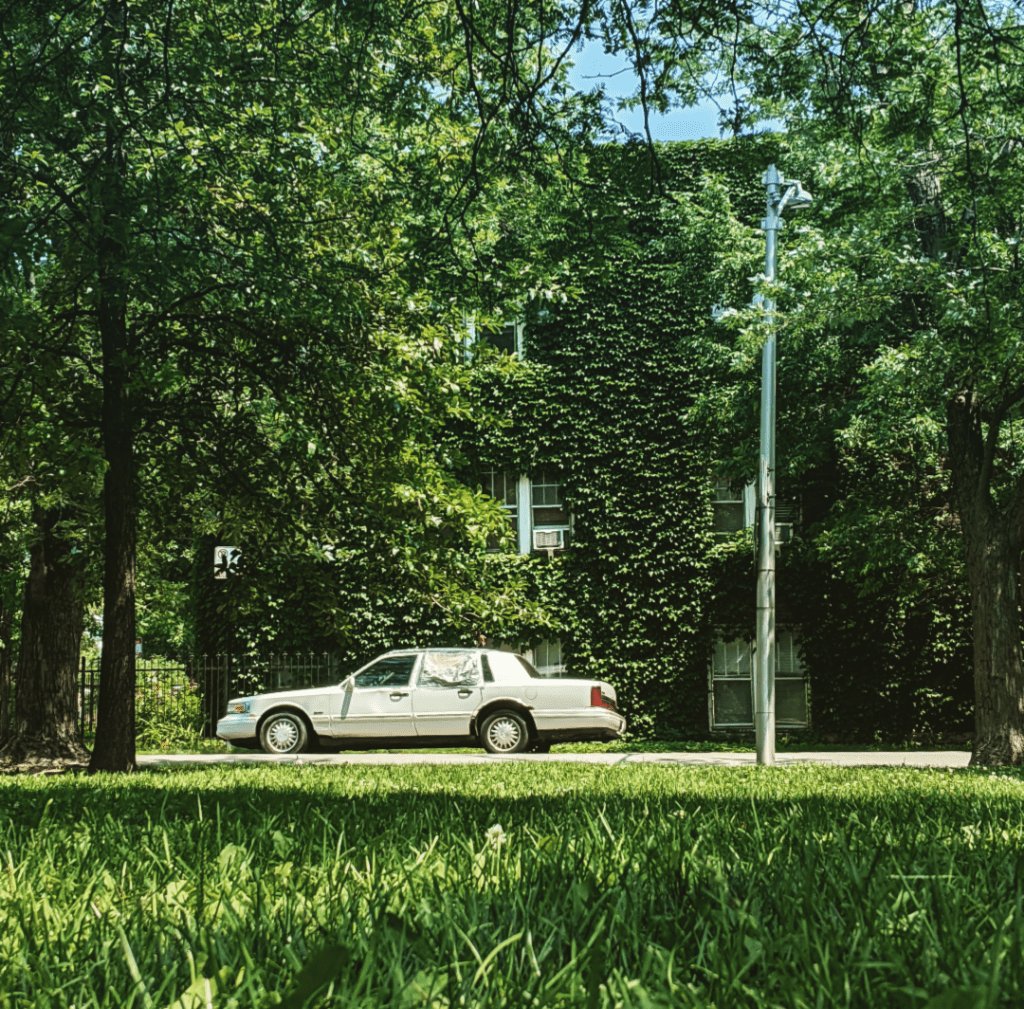
Here’s what was not her thing: Cars. 😠 I’m being glib, but this part is actually super sad. Duncan had three children (“all out of wedlock,” Wikipedia notes… hell yeah, Izzy). We’re already off the rails here, so I’m just going to quote Wikipedia again:
“The first two [children], Deirdre Beatrice (born 1906), whose father was theatre designer Gordon Craig; and the second, Patrick Augustus (born 1910), by Paris Singer, one of the many sons of sewing machine magnate Isaac Singer, drowned in the care of their nanny in 1913 when their car went into the River Seine.”
Daaaaamn…. 🙁 And then:
“In her autobiography, Duncan relates that [IN HER UNIMAGINABLE GRIEF] she begged a young Italian stranger [HELL YEAH, IZZY], the sculptor Romano Romanelli, to sleep with her because she was desperate for another child. She became pregnant and gave birth to a son on August 13, 1914, but he died shortly after birth. [WTF!]”
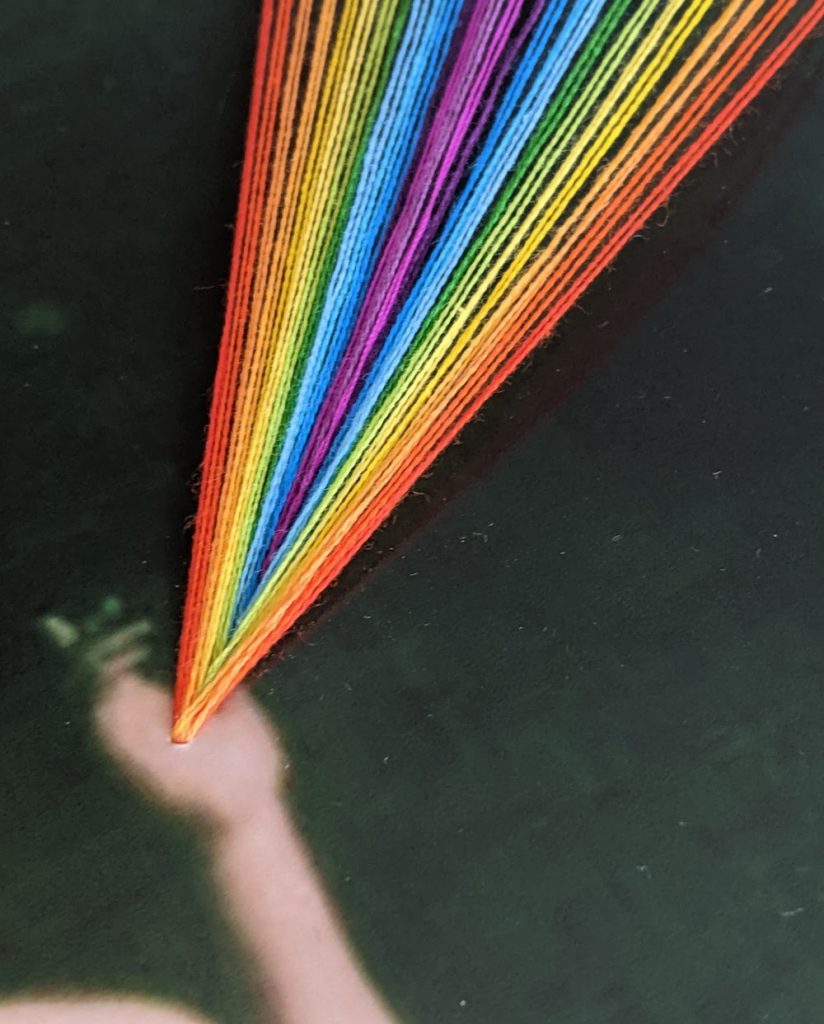
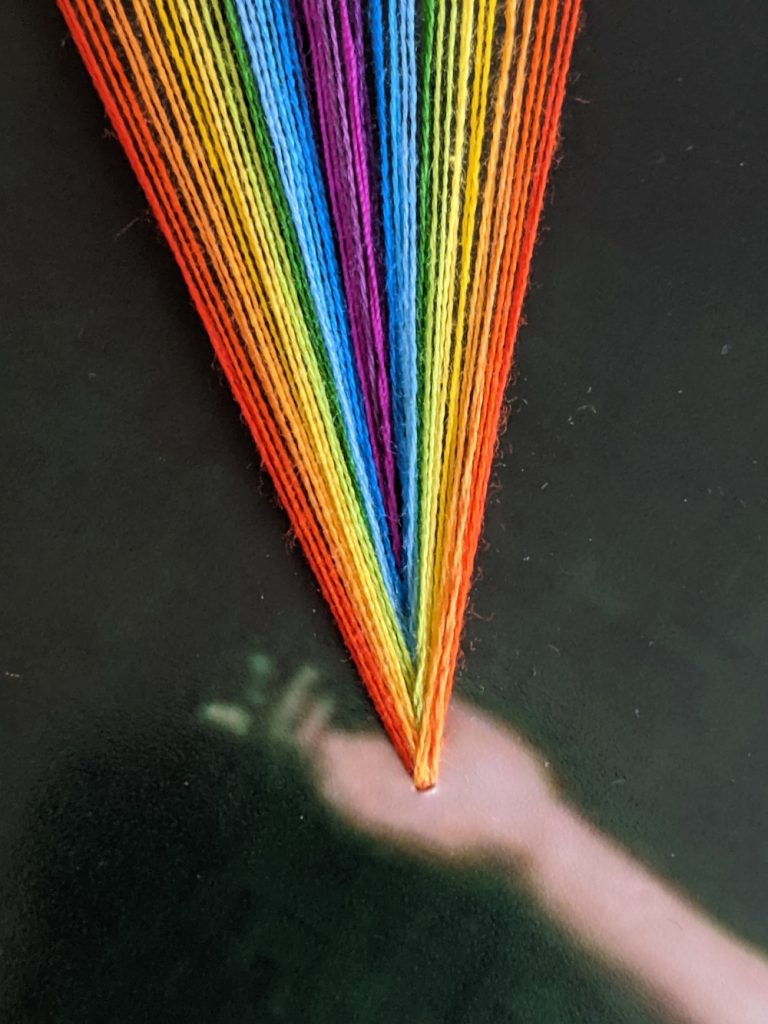
One can not blame Dear Isadora, then, for ignoring the warning of her fellow passenger on that fateful joyride in 1927 to watch her damn scarf.
Why not live free? Look fabulous? Die at 50 in a tragic and grotesquely bizarre way befitting a tragic and beautifully bizarre life? With a burdenous heart broken such as that… then what, pray tell my young man, is a broken neck?
The scarf caressed her as l’automobile revved faster on whatever rue de la franacaise. It slithered silky and sensual out the window, fluttered with the wind and shivered with thrilling joie de vivre. Then, spotting the car’s open-spoked wheels and, being one to fancy danger, the scarf flirted and tickled and teased and then licked the rear axle. The tire, all business of cut-throat rubber and metal grinding dirt, responded and swallowed the tongue of that scarf and consumed it in one harumphing gulp, pulling the legendary body of Isadora Duncan down with it for dessert.
A snap. A slice. An exit wound.
A goodbye, sweet world. A thanks for the dance. ✌️
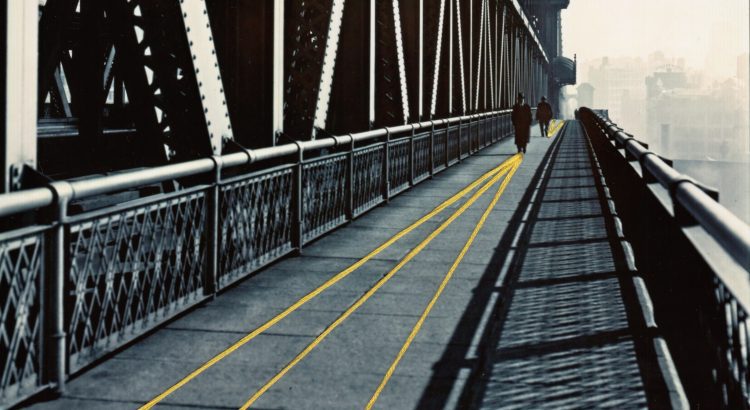
I recently subscribed to The Met on YouTube and found a trove of treasures from this institutional mainstay. Since 2020, the museum has released three to four films from the moving-image archive to celebrate its 150th anniversary. Called “From The Vaults,” the series continues through March 2022.
Hey, when you turn 150 years old, it’s your party and you can make everyone celebrate for two years if you want to.
I’m slowly making my way through all the artifacts they’ve posted; most recently, a 1992 film about American painter Ralph Fasanella, who was known for his depictions of working-class city life and born in the Bronx on Labor Day 1914 to newly minted Italian immigrants.
One of the most compelling docs I’ve watched in The Met’s series so far was another 1992 piece, this one about the photographer Berenice Abbott. I LOVE Berenice and am often drawn to her Works Progress Administration images when selecting images for my embroidery collection.
As one source in the film so succinctly put it, Berenice took, “Emotionally resonant pictures of ordinary things.” That’s as working class as it comes.
What I didn’t realize was how accomplished Berenice was in other intellectual and theoretical pursuits beyond artmaking. Here are some of my favorite quotes from this legendary artist.
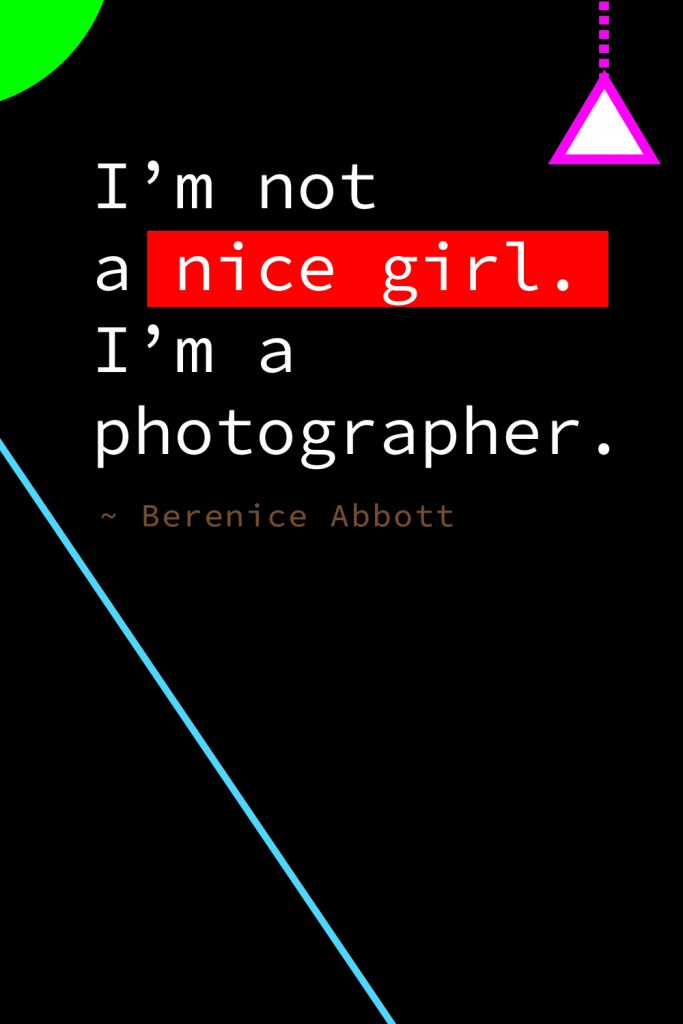
“This clear-eyed, insightful documentary, directed by Martha Wheelock and Kay Weaver, offers a grand tour of Abbott’s extraordinary life, from her youth in Ohio and apprenticeship in Paris through her later groundbreaking scientific photography at MIT and final years in Maine.
Using the artist’s memories as a lens for apprehending nearly a century of American and European cultural history, this film pays homage to Abbott’s genius for invention, her free-spirited embrace of uncertainty and experience, and her unshakeable devotion the art of photography.”
Watch Berenice Abbott: A View of the 20th Century
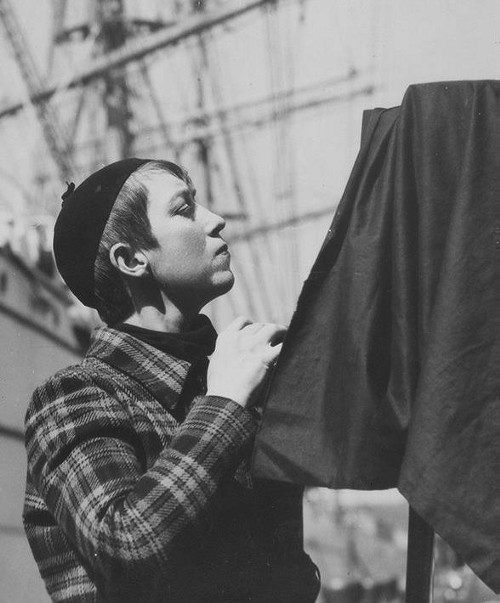
Best Berenice Abbott quotes
in “A View of the 20th Century”
Berenice Abbott photographing on South Street, New York, 1937. Photo by Consuelo Kanaga.
“The only pleasure you can get from creating something is the pleasure you have in doing it. Not the final product even. The pleasure you have in doing it. And that cannot be taken away from you. And it cannot be crushed. But you had a certain kind of joy creating it. And that’s all you can expect.”
“There are many teachers who could ruin you. Before you know it you could be a pale copy of this teacher or that teacher. You have to evolve on your own.”
“I think you have to be intensely personal and be true to yourself. The subject matter that excites you is something you want to photograph. You have to convey to the person who looks at it what it was that excited you.”
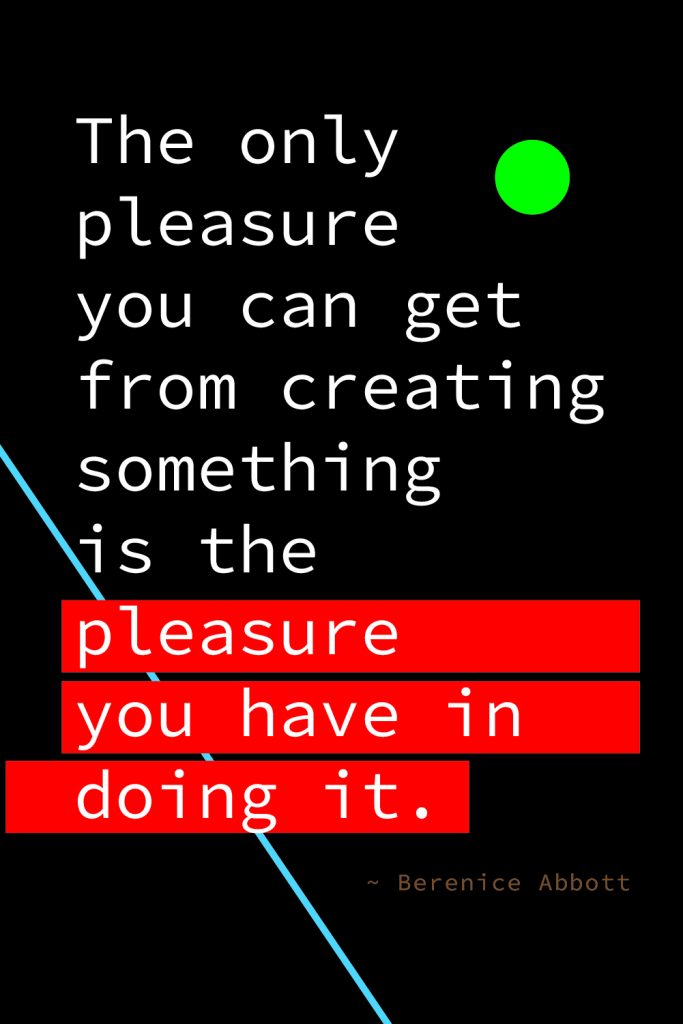
“If you’re trying to express people, you have to be part of it because it’s an exchange. You’re a part of that time.”
“The art is selecting what is worthwhile to take the trouble about.”
“I think it stands to reason that if you recognize and appreciate your heritage, it helps you with your future.”
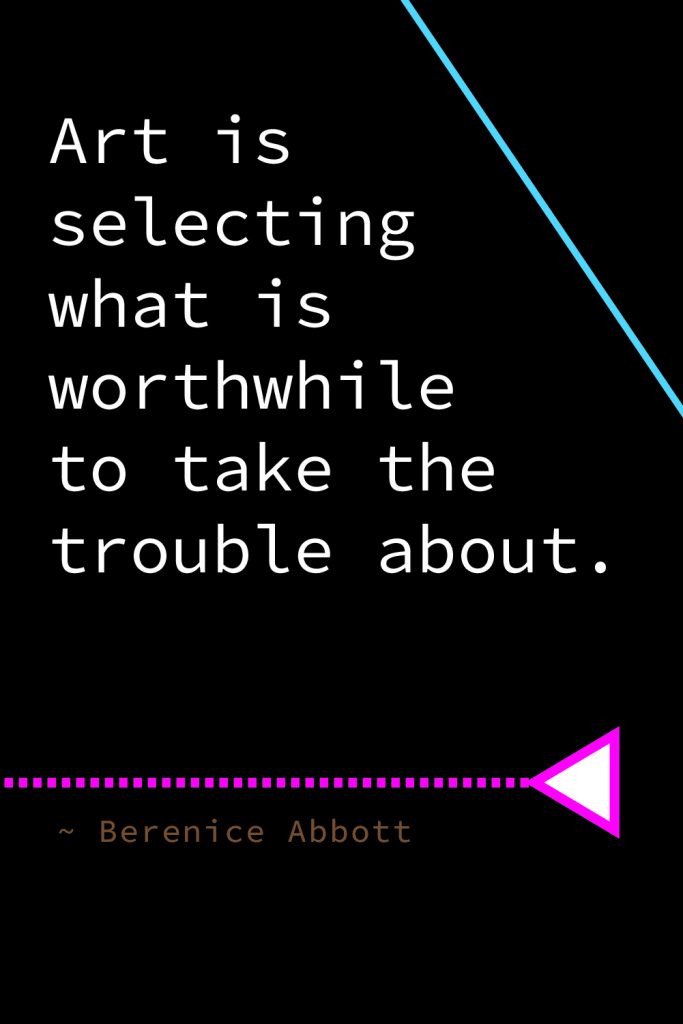
“Anything you photograph has to be exciting somehow visually. It has to be photographically important, visually important. Otherwise you write about it.”
“Photography is very much a prisoner of its time. You work within the framework of the technique at the time, and that’s the way you have to judge photography.”
“I think all photography is documentary or it isn’t even photography. Most photographs are documents by their very nature of the realistic image. When they try to make it a nonrealistic image, they’re imitating another medium. Selectivity is key.”
“Many interesting things aren’t photogenic at all.”
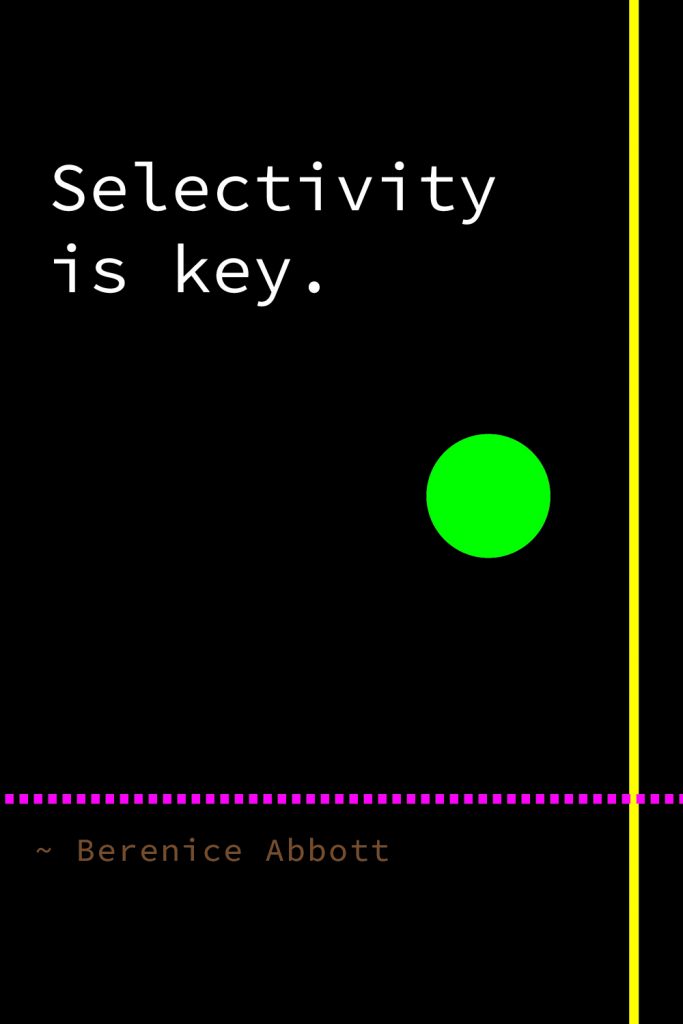
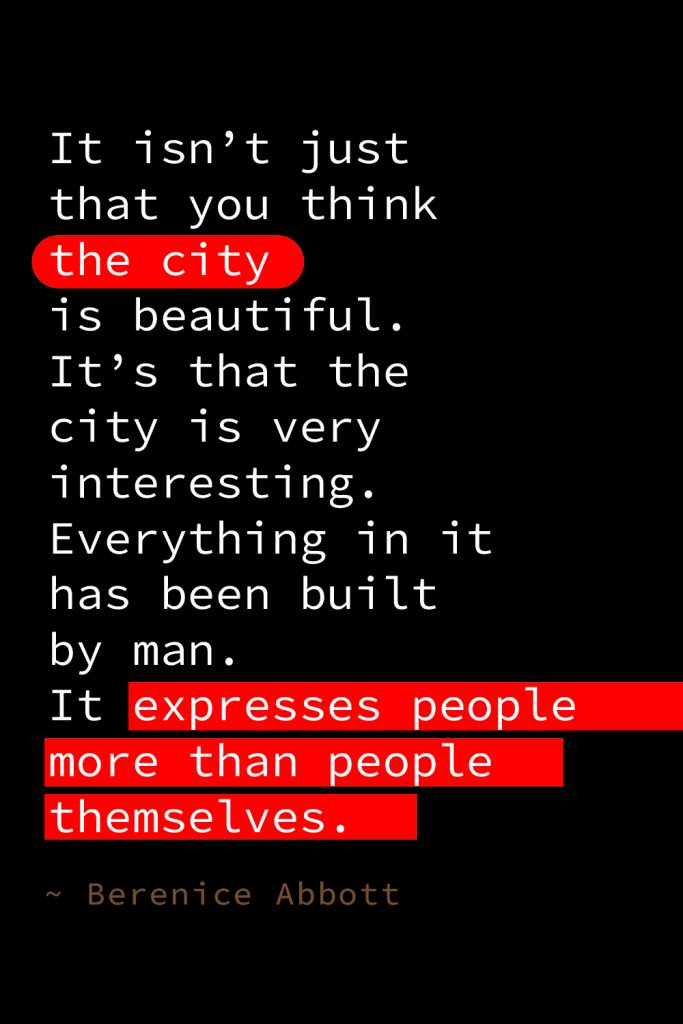
“It isn’t just that you think the city is beautiful. It’s that the city is very interesting. Everything in it has been built by man. It expresses people more than people themselves.”
“The city is full of every period, every epoch. Everything there comes out of the human gut. Everything that’s built. Every sign that’s put up. The new, the old, the beautiful, the ugly. It’s the juxtaposition of all this that is an intensely, immensely human subject. You’re photographing people when you’re photographing a city. You don’t have to have a person in it.”
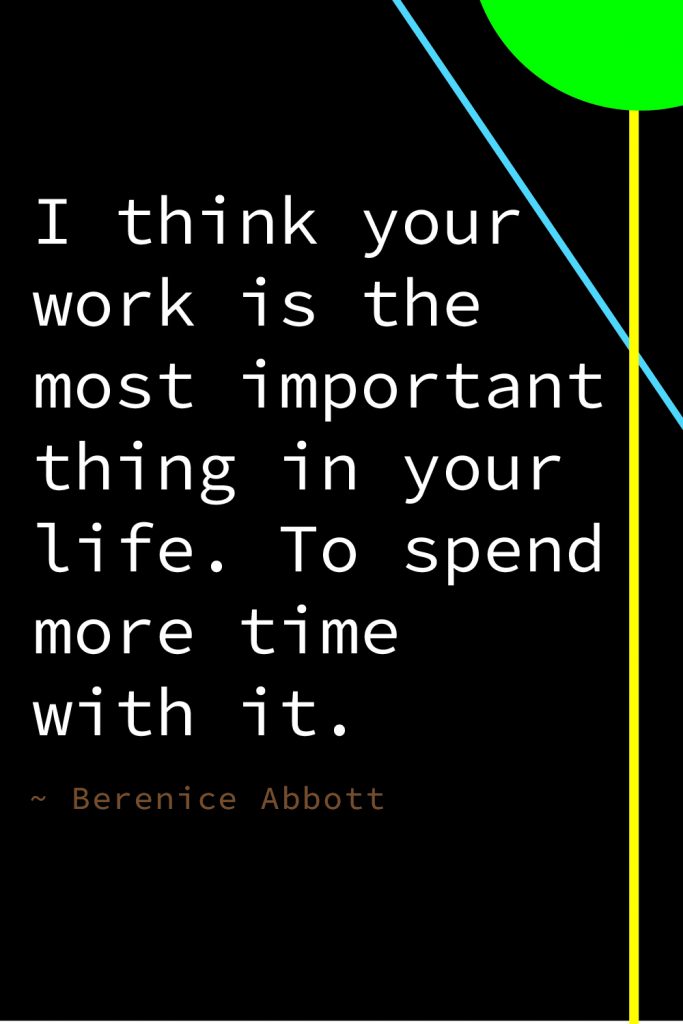
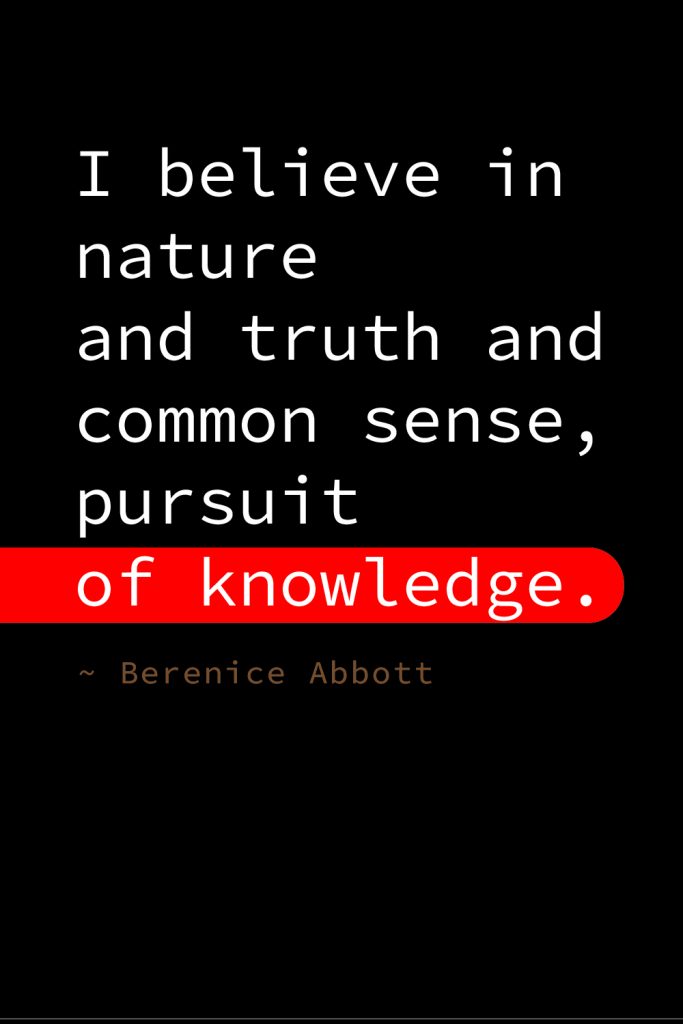
“He said, ‘Nice girls don’t go down on the Bowery.” And I said, ‘Well, I’m not a nice girl. I’m a photographer.‘”
“My assistant got the job. A young man whom I had trained. I think the last thing the world really wants are independent women. I don’t think they like independent women much. Just why I don’t know. But I don’t care.”
“Yes, I’ve always been a loner. I’m certain that some people marry and it doesn’t spoil their independence, even women in some cases. The vast majority seems to snare the woman and she can lose track of her directions and her desires and her interests. I’ve heard so many women say, ‘Oh I would like to have done this but after all my family came first. I had to look after my sons.’ So apparently that was more important to them. To me it would be like losing yourself. I think your work is the most important thing in your life. To spend more time with it.”
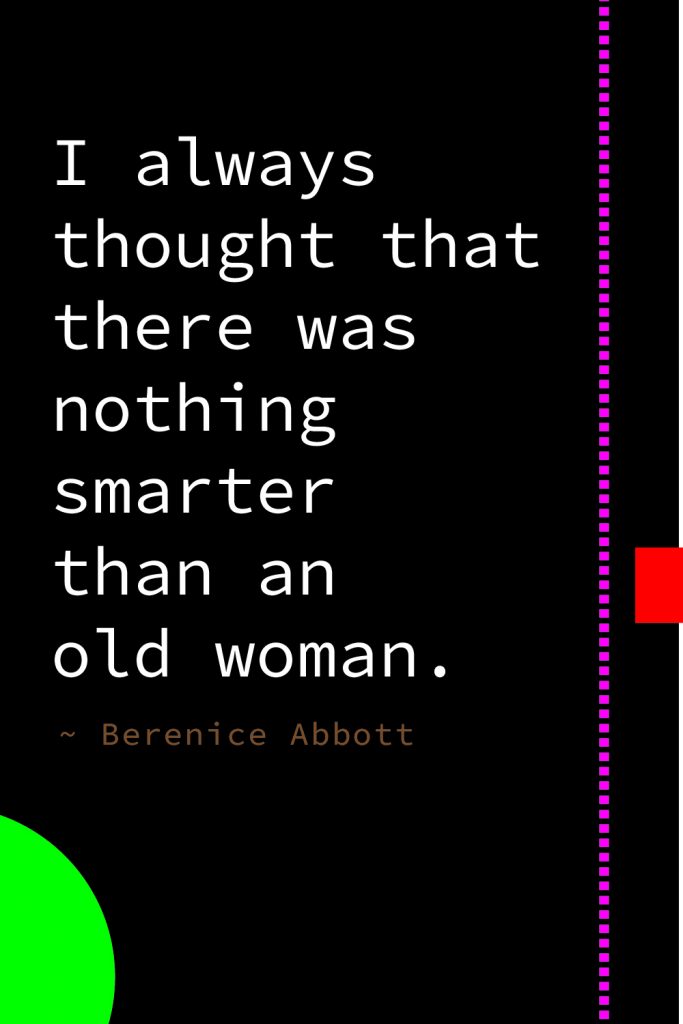
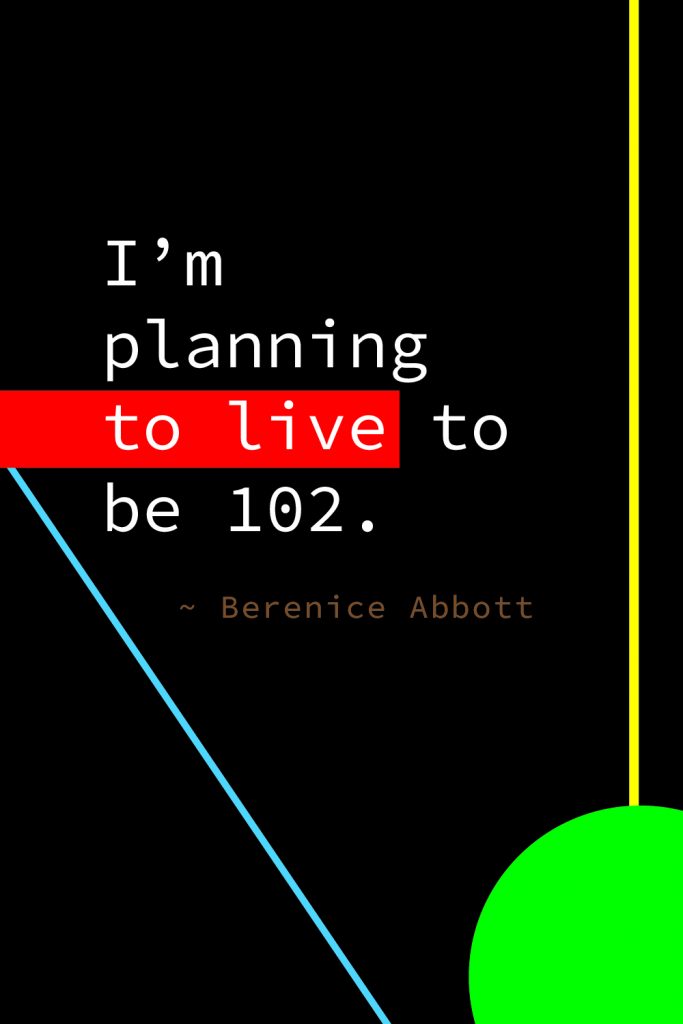
“I believe in nature and truth and common sense, pursuit of knowledge. Nothing is any good unless you sort of live up to it. Do unto others as you would have done unto you. That is very valid and can’t get you into any trouble. But you don’t need religion to have morals.”
“I always thought that there was nothing smarter than an old woman. You’ve lived so much, you’ve seen so much, in some sense you’ve been on the passive end of it, which means that you have observed plenty. But my impression was always that most ordinary women, if they’re old, have some remarkable quality that no other people have.”
“I had no idea I was getting older. I’ve never worried about getting older. I don’t see why people make so much of a thing about aging. It’s so natural to age. Everything is aging all the time. Everybody’s aging constantly. Why worry? It’s slow. You’re not aware of it.You just take it in your stride. But women are so harassed with the idea because of the social attitude, the unfairness of social attitudes between the aging of men and women is so ridiculous and so dreadful that women’s years seem to be only good as long as she can procreate, but a man can be very attractive at 80.”
“I’m planning to live to be 102.” 🙂
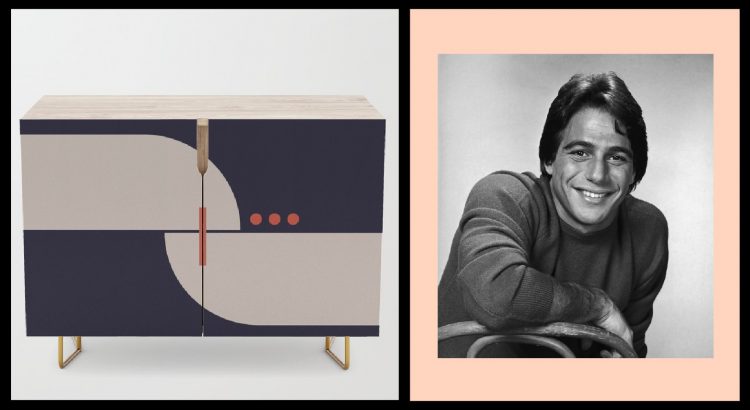
My new graphic design credenzas are hotter than Young Tony Danza. Fight me!

Here are a few of my recent favorites. 🙂
These versatile mid-century modern-inspired credenzas are ideal TV stands, cat stands, book shelves, drink carts, office cabinets, toy chests, or the perfect complement to your bedroom set.
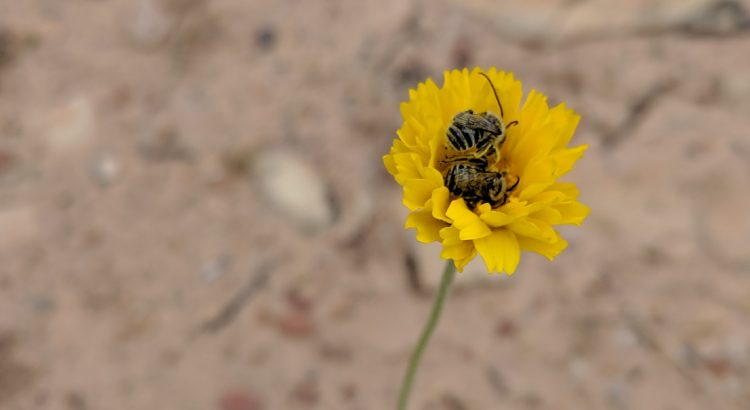
I haven’t heard my grandma, who is suffering from Alzheimer’s and dementia, say a coherent word for nearly three years. She said these last words while receiving communion at the assisted living facility. As everyone genuflected to launch into the lord’s prayer, my grandma did too, saying “Father, son…” and then petering out. I figured those were words she could formulate because she had gone to church and said them every weekend of her entire life until the day she moved in here. Those words were seared into the empty rivulets of her brain, so they didn’t seem a miracle to fish out.
I accepted the reality that I’d probably never hear her say another word again.
And then I did.

It happened on my recent visit, a drop-in at the assisted living facility that marked over a year and a half since I’d seen her (pandemic lockdown).
Once my plane landed, I got my rental car and started on the hour-long route north. I called the nursing home to make sure I could walk-in to see her or whether I needed to make an appointment. I didn’t. I asked then, to the surprise of both myself and a Wanda on the other end of the line, if I could bring flowers. Would that be OK?
I don’t know what came over me to ask such a thing. I don’t usually bring flowers when I visit. I don’t usually bring flowers for anything. Maybe I thought there needed to feel like there was more gravitas to this moment. I hadn’t seen her in so long. We’d survived a pandemic. Her husband died during that time. I knew she wouldn’t remember me, but flowers… well, anyone can remember those, right?
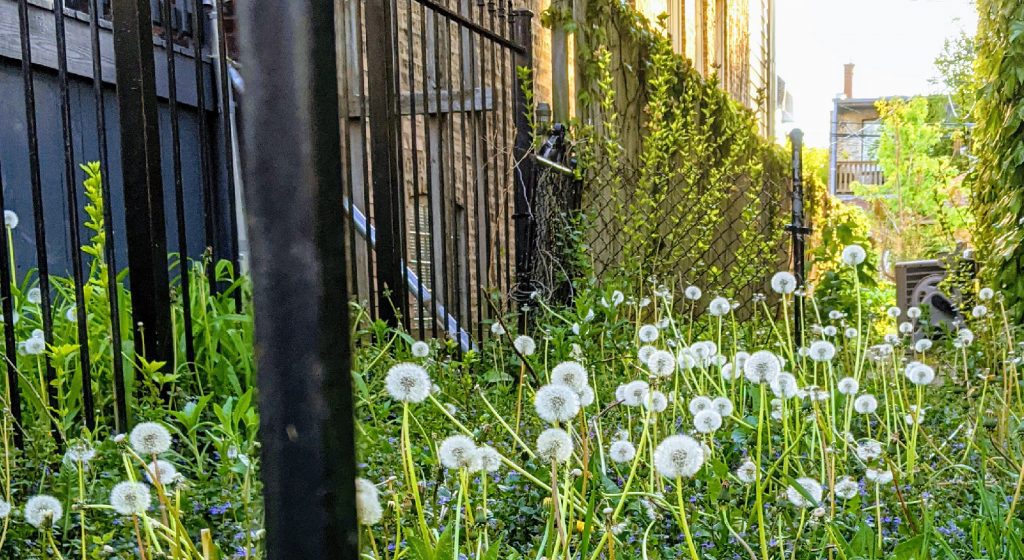
I thought about just hopping off the highway to a Kroger or a Whole Foods. They always have little flowers packaged up at the end of the aisles. Instead, I looked up the local Marion flower shop, saw they were open, and entered the address into my phone. It felt good to buy from a local family business after the pandemic. Plus, I knew they’d probably have roses. My grandma’s name is Rosemary. Even if she didn’t remember me, I wanted to show that I remembered her. I got half a dozen multicolored roses for Grandma in a glass vase and another half-dozen in a mournful maroon to take to my grandpa’s grave. He loved his Rose.
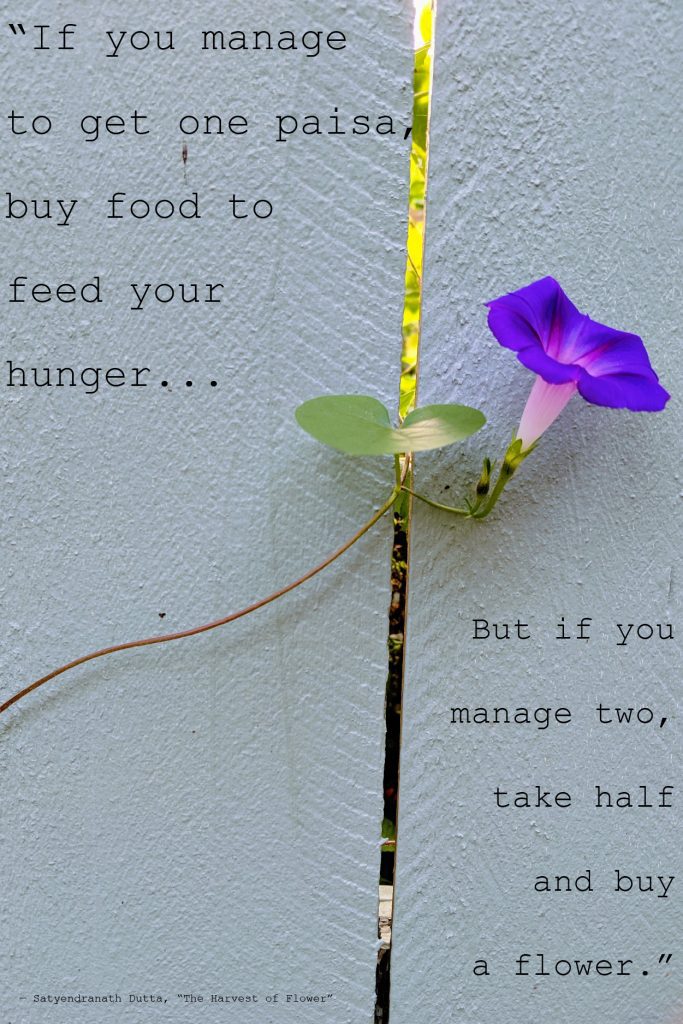
When I enter the long-term care wing and ask for Rosie, the nurses look at me grimly, wondering whether I’m prepared for just how far gone she is. I am. They wheel her into her room and shut the door. It’s the two of us.
After some fruitless and awkward talking to her while sitting across from her, I spend most of my time squatting next to her wheelchair, rubbing her back and nervously trying to use my other arm to keep her in her seat. The medication they gave her keeps her nodding in and out of sleep. She doesn’t register my presence when she has to look at me, but she seems to lean into my hugs.
So I position her so that when she wakes up from the brief naps, she’ll see only the flowers, now sitting on a table in her room.
And that’s when it happened. I was squatting by her side, arms around her, when she woke up and, clear as day, said, “Flowers for me.”
Three little words. One moment I’ll remember forever. 🌹
She passed away two weekends later. While writing her obituary, I turned to my notebook of stories written by her and my grandpa. There I found another gift. A recollection of her first memory: “I was about 2 ½ years old then. [Brother] Eugene and I were in the barnyard with Dad. We were standing near a wagon watching the men who were taking the horses. Well, about the time one of the horses was being led to the truck to be taken away. Dad put his hands under my arms and swooped me up into the wagon, as he did with Eugene. I remember the horses coming by the wagon bobbling their head like horses do when they walk. I was about eye-to-eye level with the horses. I think this is the earliest memory of my life.”
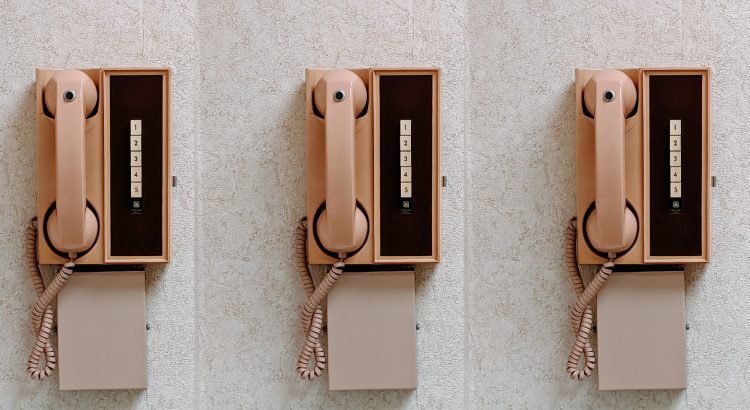
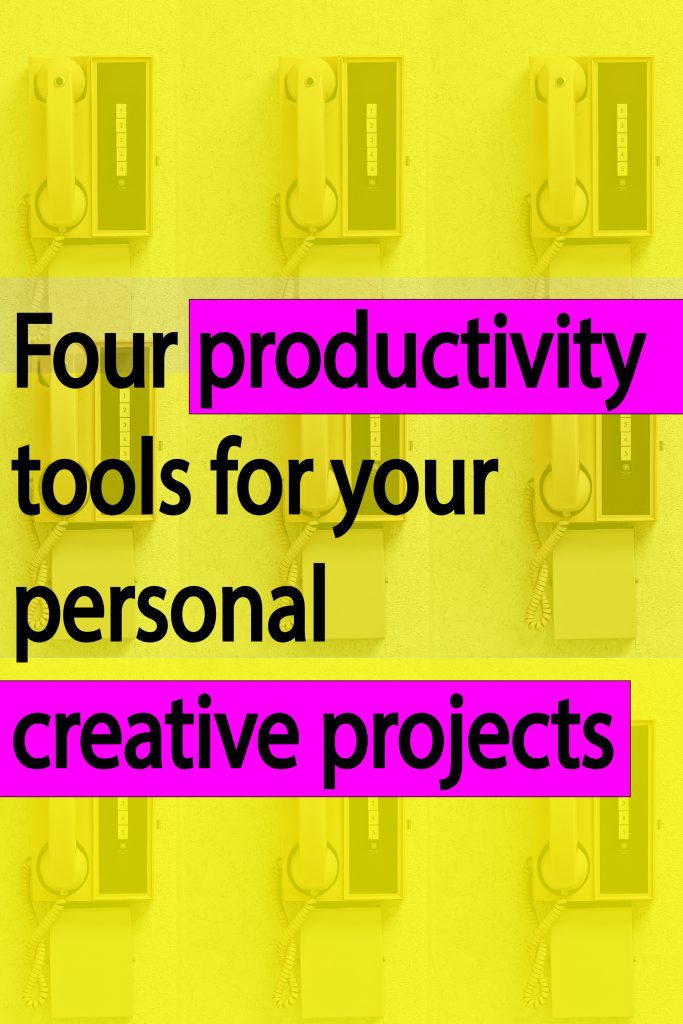
In January, I wrote about six smartphone apps and creative writing productivity tools I planned to use to stay motivated on my personal projects throughout 2021.
Am I still using those? Yes.
But now, seven months deep, I’m still trying to avoid work about work.
Aren’t we all? Hell yes.
“60% of time is spent on work coordination, rather than the skilled, strategic jobs we’ve been hired to do,” according to Asana’s Anatomy of Work Index 2021.
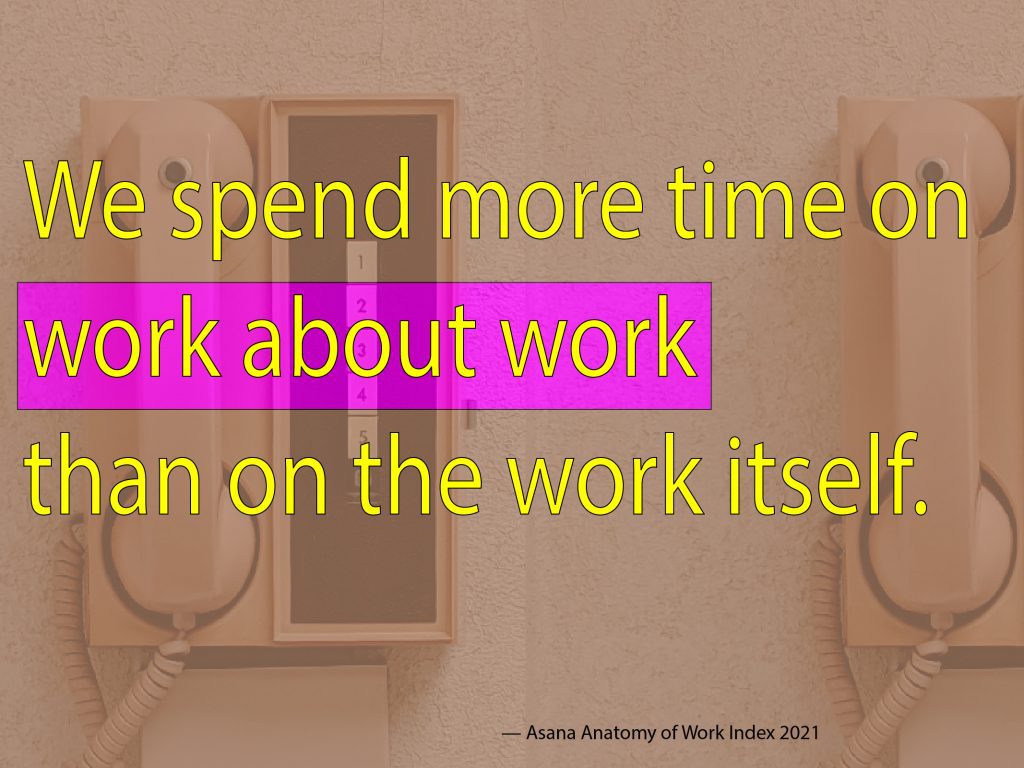
I feeeeeeel that. In my professional work certainly, and in my personal work as well. Even though I’m not coordinating with a team of designers, clients, or account managers while, say, drafting a novel or making a new embroidery collection, I still find myself tinkering away for hours on planning, documentation, and (my ultimate seems-like-work-but-isn’t guilty pleasure time suck) video streaming Skillshare/Creative Live videos.
So in July, I reassessed how I was working on these things. It was time to think about my time. Given that the pandemic wasn’t keeping us under lock and key anymore, I needed to adjust my routine for the quicker post-pandem pace and packed schedule. Here are four new tools and strategies I implemented to get myself in a rhythm—and keep myself making.
OMG! I love Airtable! A friend told me about this spreadsheet app while we were on our final quarantine walk. It’s free and the UX is intuitive, especially if you’re familiar with Excel or Google Sheets. My favorite aspect of Airtable is that I can upload documents, jpegs, and various other things directly into a cell block.
I have one Airtable project set up with three tabs, one for each of my writing projects: a novel, a book of creative nonfiction, and my blog. From there, I’m able to schedule out each piece of the larger work, add photos for reference or posting, and drop in both the Google doc link and the Word doc of the final version so I can move on.
I know I could keep a folder on my cloud somewhere with all of this content, but it’s so nice to have it linearly lined up, with deadlines attached, and the ability to just dump it when I’m done so it doesn’t take up space in my drive.
Writing tasks can be overwhelming to me because I get ~too~ into them and, when I’m in that addictive headspace, I feel like I have to write the entire book in the next month. But writing is also my most important thing. With Airtable I don’t fold under the demanding weight of such self-imposed pressure. I just keep ticking things off, bird by bird.
App fatigue is real. According to the Anatomy of Work Index, U.S. employees jump between 13 tools an average of 30 times per day. Yikes. I think I hit even higher numbers when it comes to things I want to read. GoFullPage has helped with this personal brand of digital distraction. When clicked, the extension will basically scan the entire web page you’re on and turn it into a PDF or jpeg.
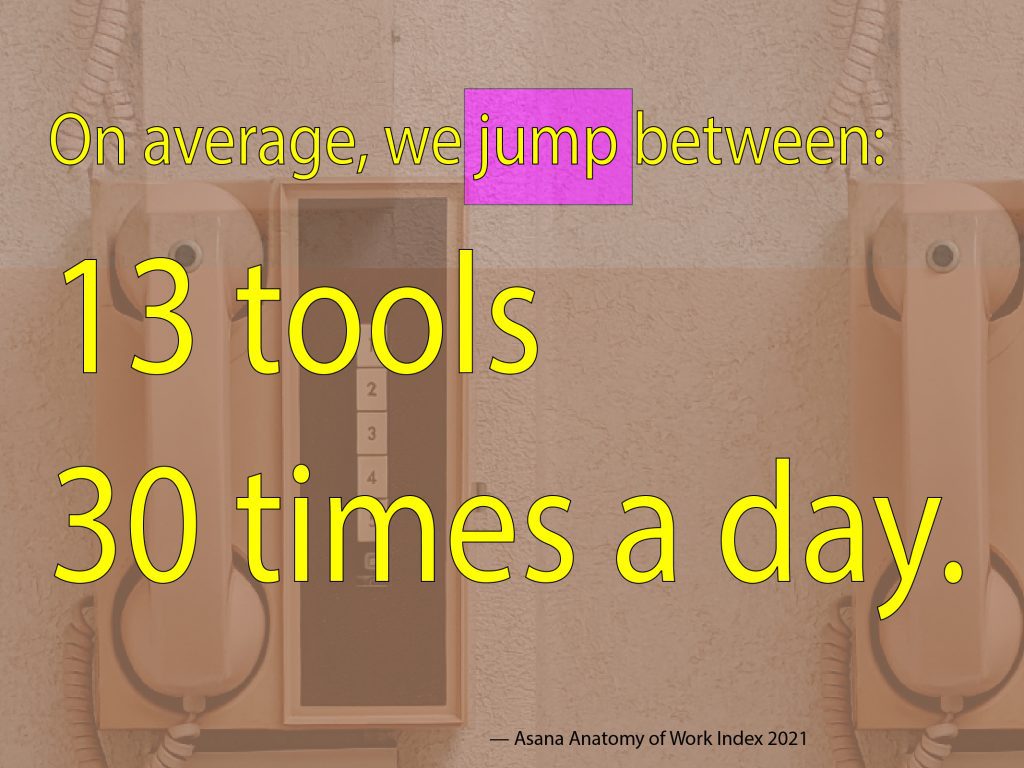
I use GoFullPage for saving things I want to read later as well as for capturing clips of my professional writing. I capture what I want to read, download it, and save the PDF in a “To read” folder on my drive. I have time set aside on Saturdays that I scroll through the folder and read whatever still intrigues me and then delete the damn thing when I’m through.
I tried using the “Reading List” feature on Chrome for a process like this, but then I just racked up links on links on links and never read any of them. With GoFullPage, I don’t have endless tabs open, and there’s just enough effort required to capture and save the page as a PDF that I must decide if I truly, truly want to read it. Adding it to the Reading List was way too simple. The potential discards clogged up the line.
I mean, it’s obvious what this does, right? Turn it on for your phone and it will quiet all alerts. I get by with a little help from my robot friends, etc. Every morning I block out my day hour by hour. (I know this is a little intense, but my Meyers Briggs Personality Test confirms this kind of planning is best for my sensitive lil heart/mind. INFPs are for lovers.) I use Do Not Disturb when I’m on an hour-block that requires focus, which is usually writing, but this can also be helpful for administrative work or artmaking.
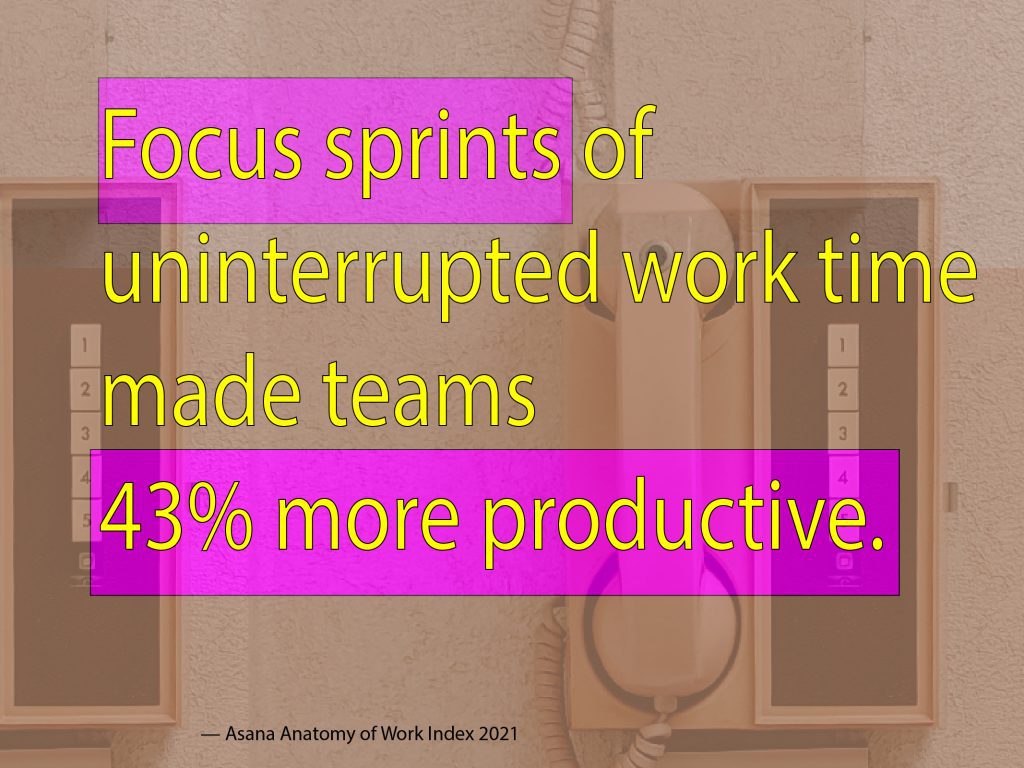
Productivity research from UC Berkeley’s Becoming Superhuman Lab found that 92% of people believe that “carving out a daily block of uninterrupted time called a ‘Focus Sprint,’ where they do not need to toggle between apps or constantly monitor the inbox, would positively impact their and their team’s productivity.” Teams that used these Focus Sprints reported they were 43% more productive. Sign. Me. Up.
“Individuals could save 6 hours and 5 minutes every week—290 hours per year—through improved processes,” like clearly defining roles and responsibilities, the Anatomy of Work Index found. Plus, nearly 70% of respondents said they would feel better-equipped to hit personal targets with clear processes to manage work. This seems obvious, but do you give your personal creative work the same approach? Why not?
How to save 290 hours per year of wasted work time? Get a better process.
I have been using a free version of Asana for my personal tasks for a while now, but I simply could not make a calendar view of tasks work for me. I would just blow right by the deadlines when paying-work had to rise to the top of my to-do list. I tried switching to board view, et voila. Now we’re cooking.
My board view is essentially a habit tracker with four columns, or boards, set up: Monday-Friday, Saturday, Sunday, and Monthly. Under each column I have five or six tasks that are related to my creative projects. For example, I write one paragraph a day on my novel every weekday, Saturdays are for embroidery, etc. The task descriptions never change, I just check and uncheck items as I complete them each day.
This process has been ideal because I don’t have to hold every task in my head or copy-paste the tasks to every day’s to-do list. They’re not tied to a time-specific requirement, so I am able to remain flexible depending on what the rest of my day looks like. And then, since I have a slew of separate Asana projects set up for more detailed notes on each creative task, I can stay within one program to jot down notes as they arise.
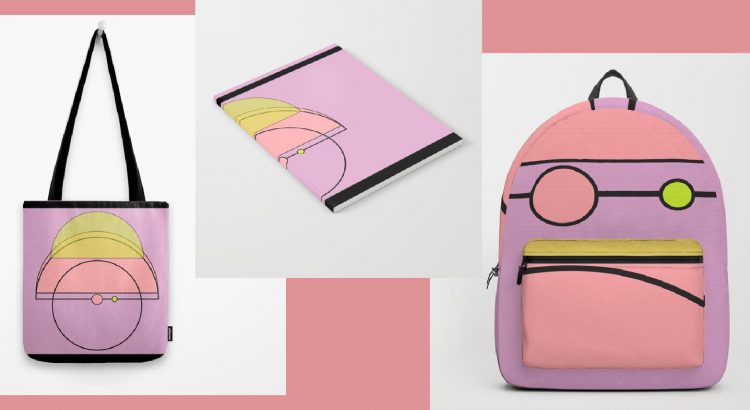
These back to school bookbag and notebook combos by macro.baby fit the trends—and everything else you need them to hold.
The backpacks have a heavy-duty construction, padded nylon backs and bottoms with durable spun poly fabric, and an interior pocket for a laptop. The notebooks are on a high-quality 70-pound paper and feature an anti-scuff laminate cover with a super-soft matte feel.
Mostly, though, they look cool, right? Right.
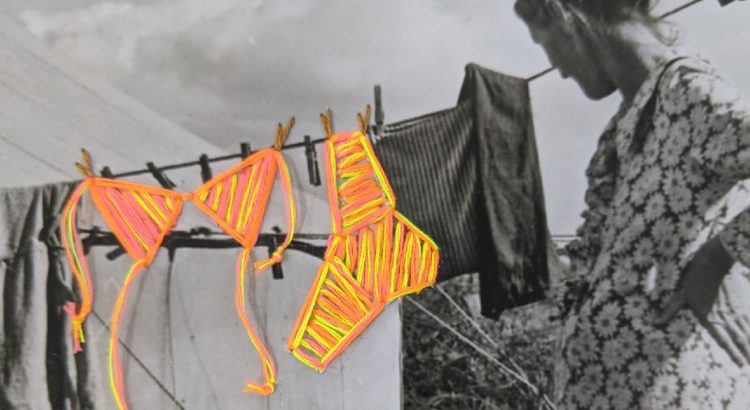
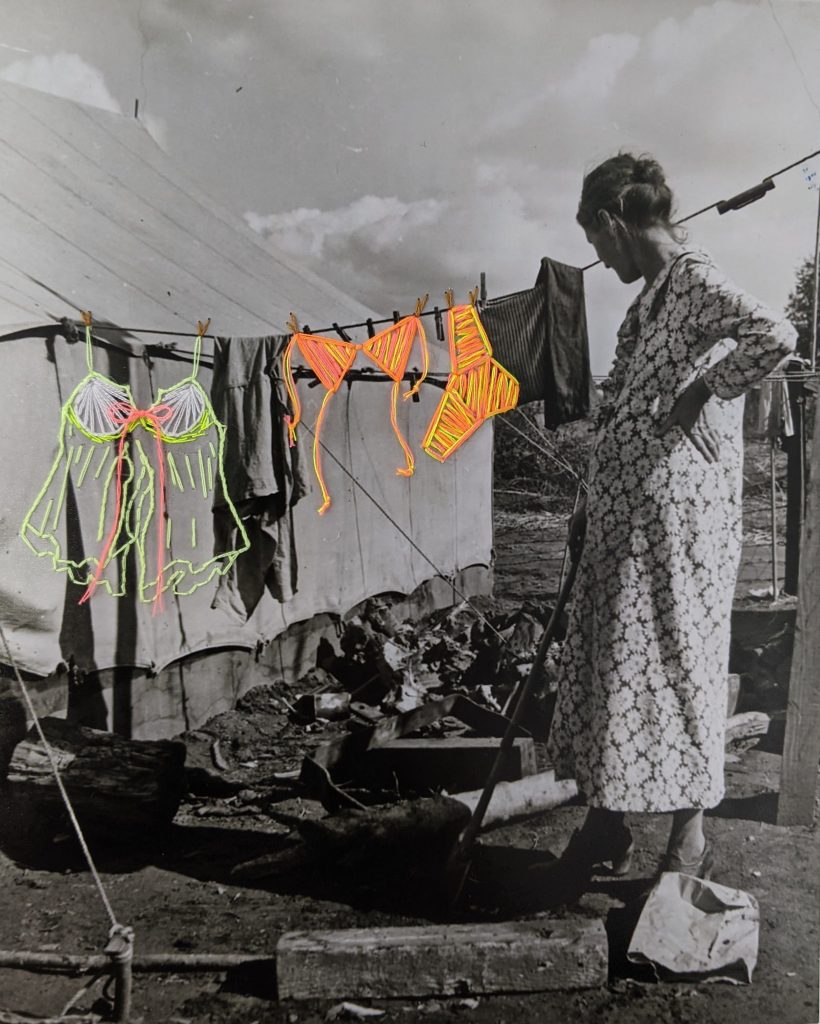
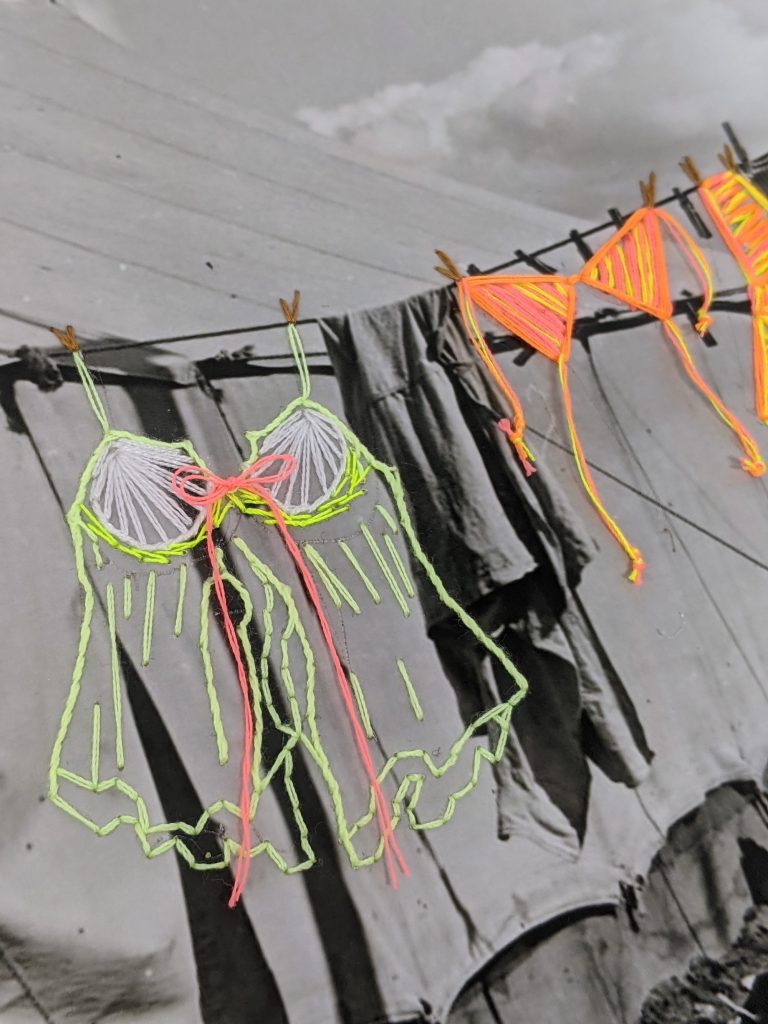
On our recent trip to New Mexico, I made it all the way to the clouds before realizing I’d forgotten my swimsuit. My old bikini remained rolled up somewhere, seducing moths with its neon thread trim and fading pheromones of summer’s past (chlorine, sunscreen, Red Hot French fries).
How does one end up suit-less on a pool-centric vacation? I blame COVID. It’s been a year and a half of never really leaving the apartment. I don’t know how to plan to be out in the world anymore. I’m still getting my sea legs back under me. Pool legs?
We landed in El Paso and saddled up our slick white Mustang to drive to Las Cruces. As I worked from my laptop at the Airbnb we’d rented for a few days, Justin drove with the top down to Target and tried to find a swimsuit in my size that was as close to cute as possible.
He came back with this neon orange bikini:
It’s too big in the bottom. The drawers are droopy. Any time I climb out of a pool, waterfalls pour from the sides. I look like a soggy toddler bopping around in a dragging, dirty diaper.
But who cares. It was a sweet pick. He even snuck a size swap so that the top and bottom are two different sizes. Medium on the top, large on the bottom for my back-country backside.
I guess that’s just what happens when we forget how to do things we used to remember. We improvise. We make do. We jump in feet first. I’m just happy to be here.
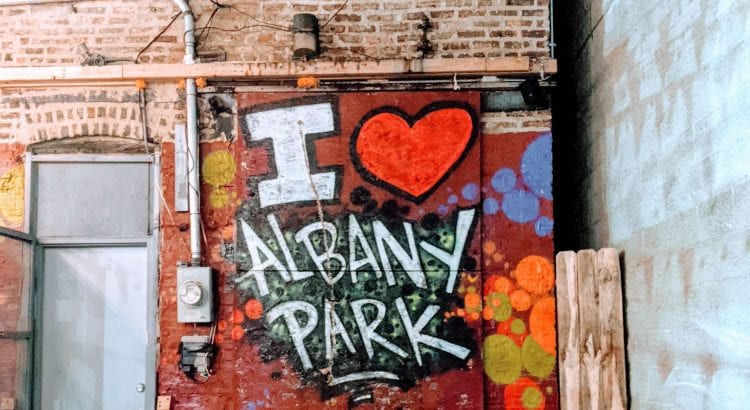
Every second and fourth Saturday at 11 pm at the rad Nighthawk Chicago in Albany Park. It’s outside on the patio, and it’s freeeee! See you Saturday?
Responsibilities: Concept, Design.